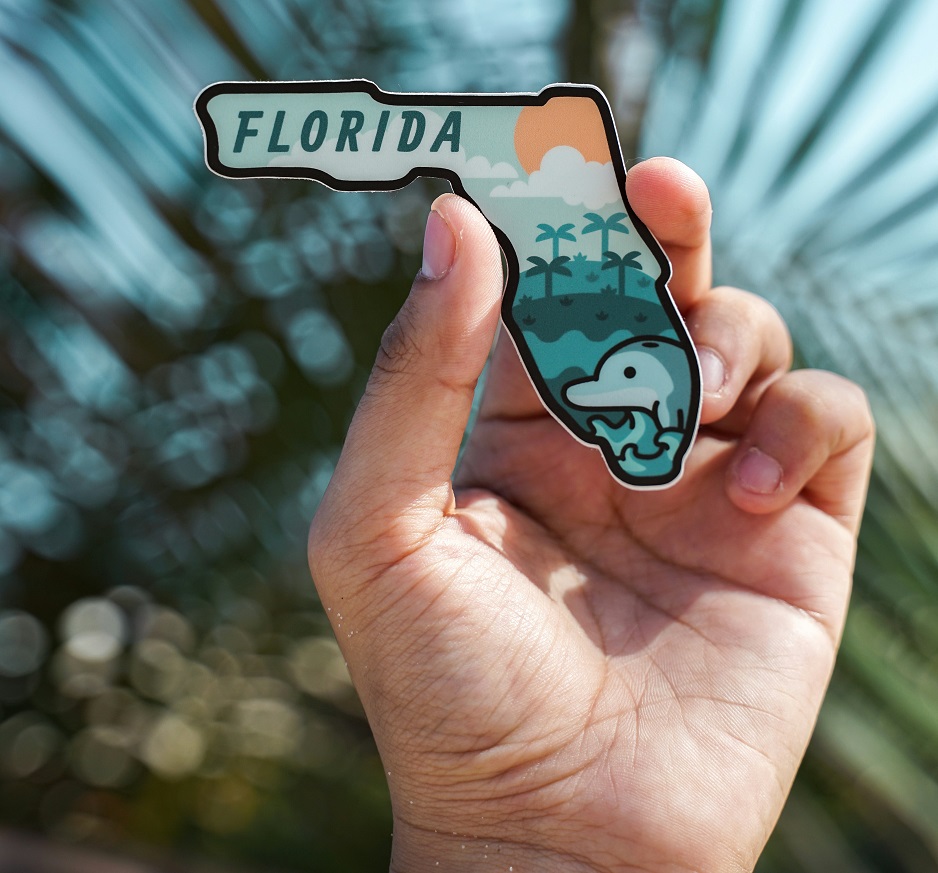
Florida Attorney General James Uthmeier has filed an emergency rule that classifies 7-hydroxymitragynine (7-OH) a Schedule I substance in Florida.
“Due to the danger posed to the public, Florida is taking 7-OH off the shelves immediately,” said Uthmeier in a news release.
“We are here today because Dr. Marty Makary and the FDA have alerted us to the dangers of 7-OH,” added Dr. Charles J. Lockwood, M.D., M.H.C.M., executive vice president of USF Health.
Uthmeier was quoted in Daily Mail saying, “Last week the FDA commissioner issued a warning about 7-OH, putting people on notice to the dangers, calling on states to observe and take action where necessary…So here in Florida, we are not going to rest on our laurels. We move fast. We want to help lead the way when it comes to public safety.”
The rule, according to Creative Loafing Tampa Bay and other news sources, makes 7-OH illegal at concentrations above “1 percent by weight”. This suggests a possible mistake in the rule, as one percent by weight far exceeds the amount of 7-OH occurring in plain leaf kratom. Most of the kratom regulation laws (Kratom Consumer Protection Acts, for example) specify that 7-OH cannot be present above 1% or 2% of alkaloids. Alkaloids only make up about 1% of total leaf material. For example, 10 grams of leaf kratom could legally contain 100 mg of 7-OH under a rule allowing 7-OH up to 1% by weight.
The full text of the emergency rule is not currently available online. As of this publishing, a link to “View PDF” on Uthmeier’s news release redirects back to the release, and searches lead to a broken link.*
FDA Commissioner Marty Makary praised the decision. “I applaud Florida Attorney General James Uthmeier’s bold efforts to protect Floridians by filing an emergency rule to classify certain concentrated forms of 7-hydroxymitragynine, also known as 7-OH, as a Schedule I controlled substance in Florida,” he said in a news release.
States getting ahead of a DEA scheduling is not unprecedented. Following a similar FDA announcement in 2016 that recommended banning both mitragynine and 7-hydroxymitragynine (essentially banning kratom), several states enacted their own bans. Arkansas, Alabama, and Vermont banned kratom in 2016 after the FDA’s announcement. Even though the DEA decided to withdraw kratom scheduling in fall of 2016, Rhode Island decided to ban kratom in 2017. Both Indiana and Wisconsin had already banned kratom in 2014, but reinforced their restrictions after the 2016 FDA announcement.
If states enact their own bans, kratom advocates are hopeful they will not ban 7-OH at the trace amounts found in plain leaf kratom. Otherwise the plant itself will be de facto banned. This year, Texas Republicans previously tried to advance a bill that would have banned all THC, even the trace amounts in CBD products, which would have de facto banned hemp and CBD. It arrived at the desk of Governor Greg Abbott, who vetoed the bill after a tremendous amount of public pressure, despite his own Lieutenant Governor, Dan Patrick, being a vocal advocate for its passage.
This pattern isn’t unique to kratom or 7-OH. For example, synthetic cannabinoids and bath salts like MDPV were rapidly scheduled at the state level following DEA emergency actions between 2011 and 2013, with over 40 states enacting bans. More recently, tianeptine—an atypical antidepressant marketed as a supplement—was targeted by FDA warning letters in 2022 and 2023, prompting states like Alabama, Tennessee, and Ohio to classify it as Schedule I. Similarly, xylazine, a veterinary sedative increasingly found in illicit drug mixtures, drew FDA alerts and a DEA scheduling proposal in 2023, leading states such as Florida and Pennsylvania to act. Phenibut, a Russian anxiolytic sold online, was banned in states like Alabama and Georgia after FDA import alerts and poison control data flagged its risks. Isotonitazene, a potent synthetic opioid, was federally scheduled in 2020 and quickly added to state controlled substance lists in places like Ohio and Illinois.
Emergency scheduling allows states to act quickly, often bypassing lengthy legislative processes, giving little time for public input.
*UPDATE: The rule has been specified (in this document brought to our attention on r/kratom by u/jjwaffle to banning 7-OH “concentrated at a level above four parts per million on a dry-weight basis”. In other words, only 4 micrograms of 7-OH can be legally present in one gram of kratom, or 0.0004% by weight. This is much different from the 1% by weight in the announcement.
